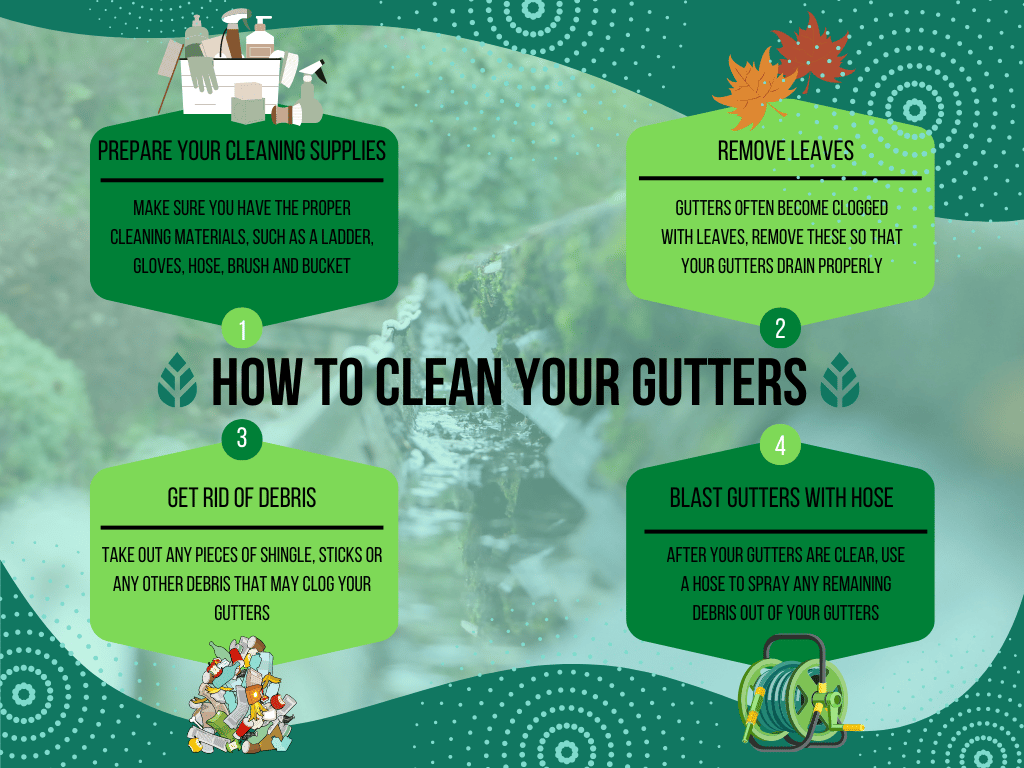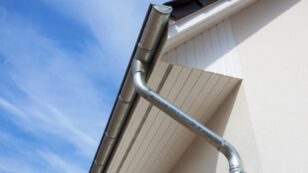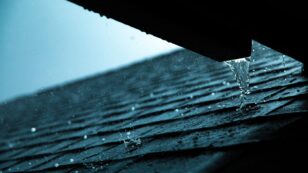
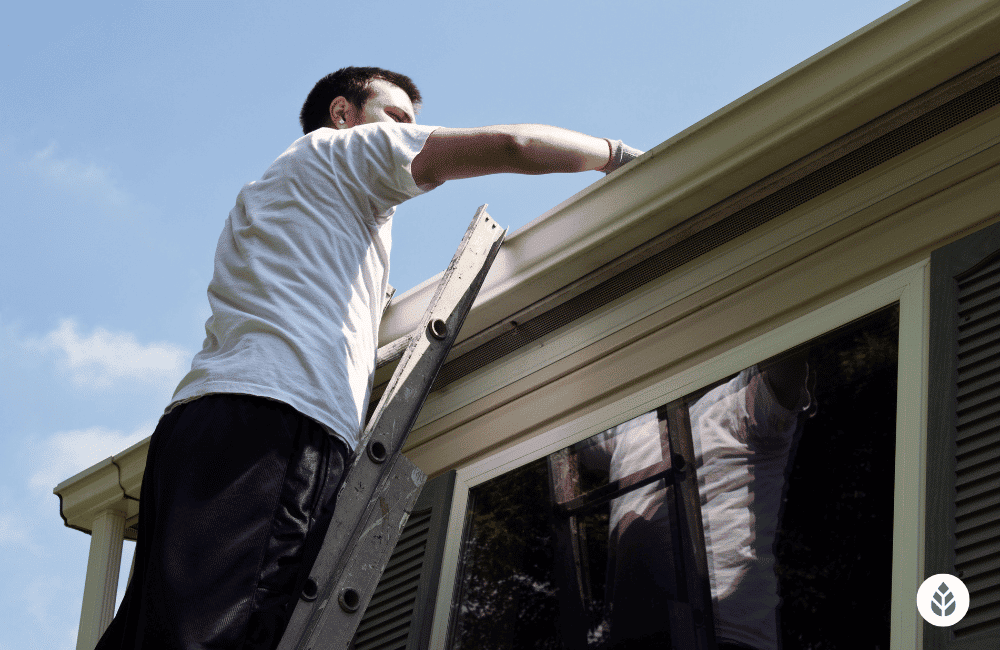
How to Install Gutter Guards (2024) DIY Guide
In this complete guide to installing gutter guards as a DIY home improvement project, you’ll learn:
- What are gutter guards, and how do they work?
- What type of gutter guard is right for my home?
- How do you install gutter guards properly?
- What tools will you need to install the gutter guards?
This guide has helped many homeowners learn about gutter guard installation and feel comfortable taking on the project themselves. Enter your zip code below to receive a personalized quote for gutter guard options in your area.
Each product and or company featured here has been independently selected by the writer. You can learn more about our review methodology here. If you make a purchase using the links included, we may earn commission.
What to Know About Installing Gutter Guards
A properly functioning rain gutter system is crucial for keeping the foundation and other parts of your home safe from water damage and leaks. Unfortunately, gutters can easily get clogged with leaves, pine needles, roof grit and other tree debris. This can lead to costly repairs if left unattended.
In this guide, we’ll explain how to install gutter guards yourself to save money while keeping your home safe from water damage. Or, if you’d prefer to let the experts handle it, you can get quotes from our recommended companies below to find the best gutter guard options for you.
What Are Gutter Guards?
Gutter guards are inserts that attach to your gutters to keep them free of debris. Many gutter guards have a screen or micro mesh on the top that prevents virtually all debris from getting into your gutters while still allowing water to drop through into your gutters for proper drainage.
The screens are installed at an angle, matching the slope of your roof, providing an easy platform for all roof and tree debris to glide off of the gutters and down to the ground, where they won’t cause gutter clogs.
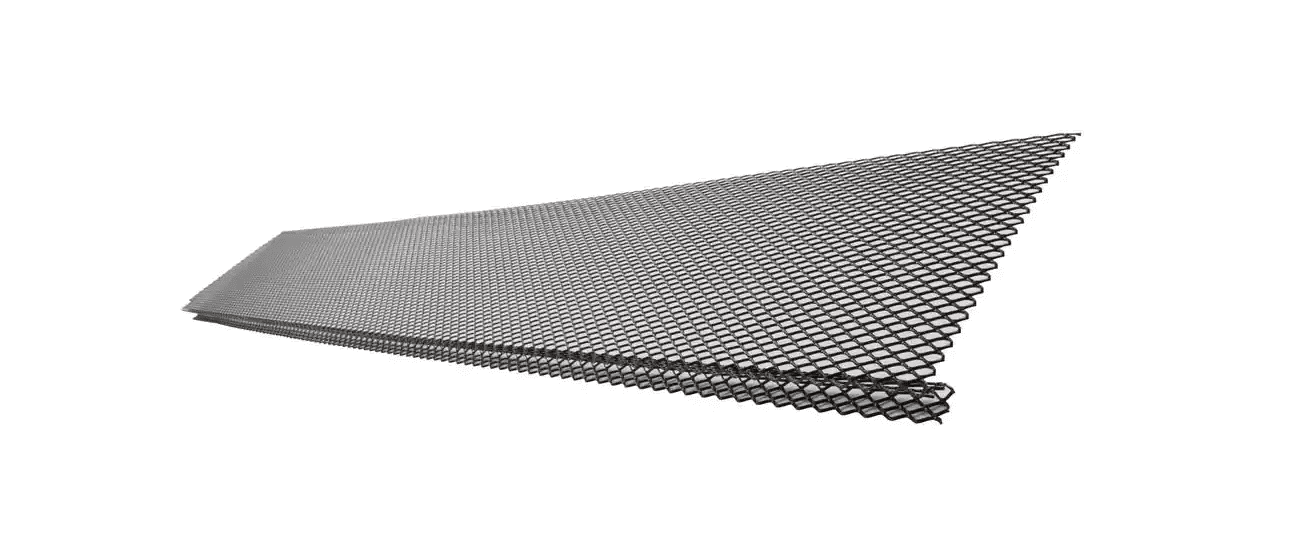
What Do Gutter Guards Do?
Gutter guards prevent debris from clogging your gutters, but they still let water drain through to your downspouts to whatever drainage site you have set up for runoff.
Gutter guards help protect against a variety of issues that can come about from clogged gutters, including:
- Gutters pulling away from your roof, damaging it in the process
- Water spilling out of clogged gutters and pooling near your foundation
- Cracks in your foundation resulting from increased hydrostatic pressure
- Leaks in your basement or crawl space
- Mold formation under your home
- Humidity increasing in your home, which makes your living space less comfortable
Gutter guards are a relatively affordable home improvement project that can end up saving you thousands of dollars from property damages that stem from malfunctioning, clogged gutters.

LeafFilter

Save 12% plus $250 off on gutter guards for your home. Seniors and Military save an additional 10%.
Average cost
Pros
- Made from sustainable materials
- Materials are recyclable
- Positive customer reviews
- Has green initiatives
- Competitive pricing
Cons
- Not DIY-friendly

MasterShield

Get a free estimate today!
Average cost
Pros
- Made from sustainable and/or recycled materials
- Materials are recyclable
- Lifetime and/or comprehensive warranty
- Lots of color and design options
- Has green initiatives
Cons
- Expensive products or installation fees
- Reports of clogging
- Made of non-recyclable materials
- Not DIY-friendly

HomeCraft
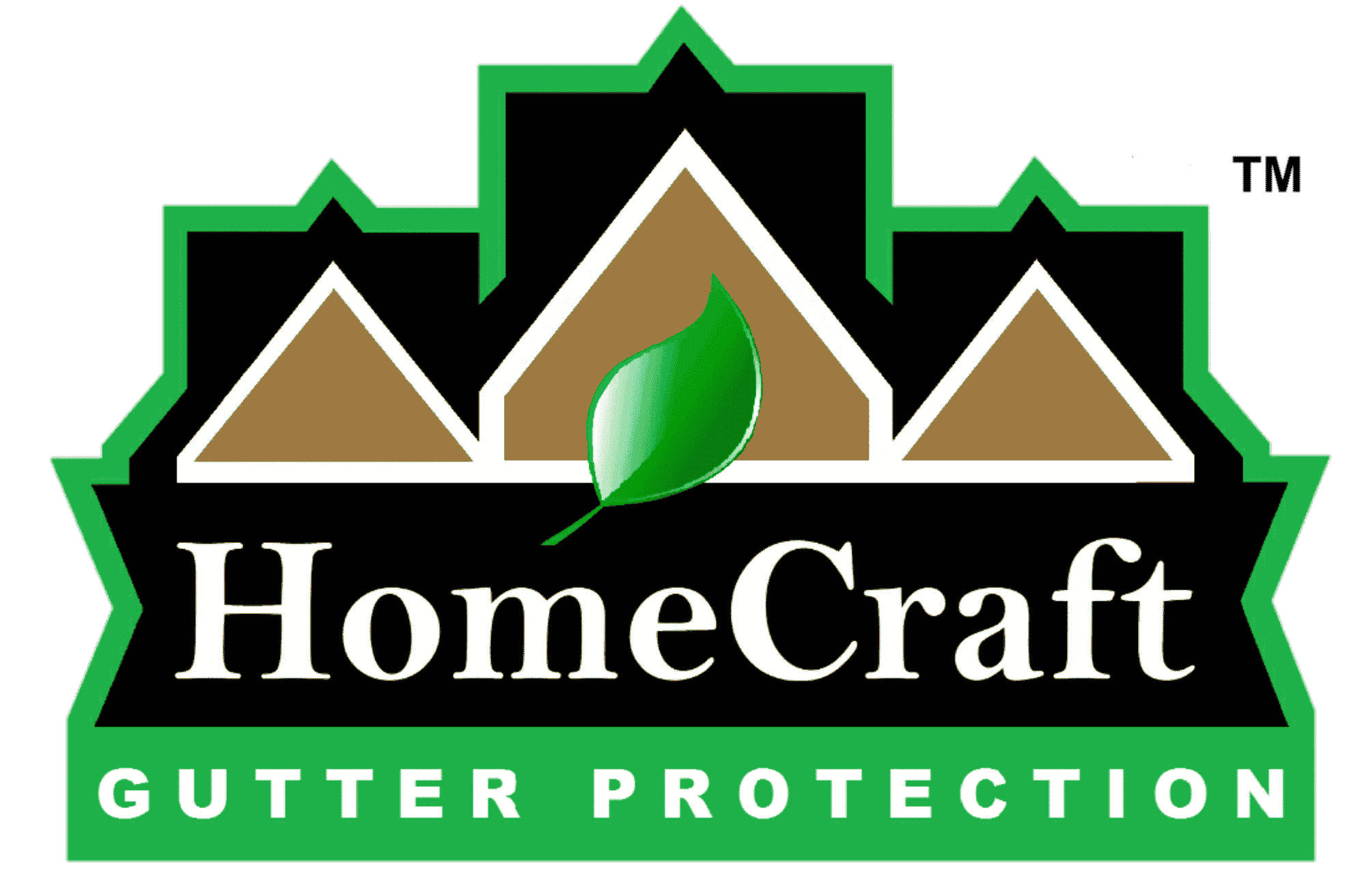
New customers save 30%.
Average cost
Pros
- Offers pitched/diamond designs for better flow
Cons
- No stated commitment to bettering the environment
- Some negative online reviews
- Limited availability
Different Types of Gutter Guards
There are a few different kinds of gutter guards available from home improvement stores, all of which are typically suitable for DIY installation. We’ll include some brief information on each below.
Foam Gutter Guards
Foam gutter guards are triangular lengths of foam that simply fit inside your gutters, so DIY installation is a breeze.
However, this style isn’t particularly effective and needs cleaning more often. It’s also the least environmentally friendly style.
Brush Gutter Guards
Brush gutter guards are long stretches of what look like large pipe cleaners that catch debris in their bristles. Installation is easy and fast.
However, this style of gutter guard can still allow clogs without frequent cleaning, which can be time-consuming.
Reverse Curve Gutter Guards
These guards have a solid surface to route debris off of your roof and a curve that scoops back toward your gutters to pull water in for proper drainage.
These work quite well using surface tension to direct runoff, but they can be challenging to install and almost always require help from a professional.
Screen Gutter Guards
Screen gutter guards consist of a screen that lets rainwater fall through but prevents large debris like leaves and roof grit from entering your gutter system.
These are usually simple to install.
Micro Mesh Gutter Guards
Micro mesh gutter guards are a type of screen, but the perforations are much smaller, so they allow less debris through.
These are a bit more challenging to install, but they catch most debris, including small things like pine needles and even pollen, in some cases.
How to Choose the Right Kind of Gutter Guard for Your Home
Choosing the right type of gutter guard for your home is important. The wrong one can still lead to gutter clogs, rendering the guards useless.
You could also pay far more for your gutter guards than you need to if you don’t optimize them for your home, your climate and the tree coverage in your area.
We recommend choosing a gutter guard based on what type of debris you see most in your area. If it’s mostly large leaves, then something like an affordable screen guard might be ideal. If you expect to see pine needles and other small debris, micro mesh might be best for you.
You can also consider the amount of runoff they’ll need to direct into your gutters. The larger the perforations on your guards, the more water they’ll be able to handle effectively, but the less debris they will catch.
DIY Vs. Professional Gutter Guard Installation
In most cases, installing your own gutter guards can save you a few hundred dollars over having a professional do the work for you. However, there are some downsides to a DIY gutter guard installation. These include:
- The potential for installing the wrong kind for your home
- The risk of improper installation, leading to poor performance
- DIY installations typically don’t include a warranty
- You won’t have any guarantee that your product will maintain clean gutters
- Getting up on a ladder or roof can be dangerous
- Stainless steel and aluminum gutter guards require a hacksaw or circular saw, which can be expensive if you don’t own them
Ultimately, you’ll have to decide for yourself if a DIY installation is right for you. We recommend getting a quote for a professional installation and then deciding if the gutter guard installation cost savings is worth it for you.
How to Install Gutter Guards
The process of installing gutter covers varies based on the type of guards you purchase. However, many of the step by step guides are similar regardless of the style. We’ll walk you through the process in the sections below.
The video below will use micro mesh gutter guards as an example of how to install gutter guards.
Take Measurements and Buy Equipment
The first thing you need to do is measure your gutters to see what lengths of guard you need. Make sure you measure all sides of your home that have gutters on them and be sure to include any gutters on your second story as well.
We suggest purchasing more than you think you need — around 10% of the total length on top of your measurements is a good idea. This will help avoid multiple trips to your local home improvement store, and it can account for mistakes made during the cutting process.
Once you’ve measured and added some onto the total length, you can go buy your gutter guards from Home Depot or Lowes. Some options can be ordered on Amazon.
In addition to the gutter screens themselves, you’ll also need some tools and equipment. Depending on the type of gutter guard you’re installing, this could include:
- Cordless power drill
- Self-tapping screws
- Hammer
- Nails
- Hacksaw or circular saw
- Sturdy ladder
- Tape measure
Clean Your Gutters
We recommend you begin the gutter guard installation process by cleaning your existing gutters. Once your gutter guards are installed, you won’t have easy access to the gutters, and cleaning out debris will be a challenge.
You can certainly hire a professional gutter cleaning service to take care of this step for you. If you choose to install the gutter guards yourself, we recommend waiting for a dry period in your area and then using a cordless leaf blower to blow the debris out and onto the ground. You can also just scoop out the debris, but this is more time-consuming.
Test Your Gutters
Once your gutter system is clean, it’s a good idea to test it for proper functionality. Gutters should be installed with a slope that allows fast drainage of runoff, and systems with low spots can experience pooling. Additionally, you might notice during testing that your downspouts are clogged, which will require additional cleaning for proper functionality.
It’s best to get any issues with your gutter system fixed before installing gutter guards. Once the guards are installed, accessing the system to address clogs and other issues will be more expensive and more time-consuming.
You can test your gutters by using a hose to add water directly to the gutter. Check for drainage toward your downspouts. We also recommend adding water directly to your downspouts to confirm that they aren’t clogged.
Install Your Gutter Guards
Once you’re certain that your gutters and downspouts are draining properly, you can begin installing your gutter guards.
Below, we’ll include a brief description of how this is done based on the type of gutter guards you buy. However, we do recommend that you follow the manufacturer’s instructions, especially since failing to do so can void your warranty.
- Foam: Foam gutter guards can usually just be slid into place in your gutters. They don’t need to be attached with screws or nails, so the process is quite straightforward. You can cut the foam to length using a utility knife.
- Brush: Brush gutter guards are just as easy to install as foam options. However, you might need wire cutters or a hacksaw to cut the brushes to the proper length.
- Reverse Curve: We typically recommend having a professional install reverse curve gutter guards. If you prefer to do it yourself, you might need to screw them into your fascia boards or use gutter guard hangers to secure them properly.
- Screen: Screen gutter guards can often just be snapped into place, but you have to make sure you get the right width. Common options include those for 5-inch gutters and 6-inch gutters. You can cut these using a utility knife if they are made of PVC or a hacksaw or tin snips if they’re made of aluminum.
- Micro mesh: Micro mesh gutter guards can be installed the same way you’d install screen guards. Cut them with a utility knife, hacksaw or circular saw, and snap them into place on your gutters. Some micro-mesh gutter guards require fasteners or gutter hangers to mount them properly.
Test Your Gutter Guards
Finally, test your gutter guards to ensure that water flows through them. You can do this by spraying a hose up onto your roof and confirming that the water drops through the gutter guard and gets routed to your downspouts.
It can be tough to test to make sure debris doesn’t enter your gutters, so we recommend getting up on your ladder about a month or two after installing your leaf guards to make sure debris hasn’t collected underneath.
FAQ: How to Install Gutter Guards
Below, we’ll include our answers to some of the most frequently asked questions about installing gutter guards.
Yes, most gutter guard styles are suitable for DIY installation. The process varies based on the type of gutter guards you’re installing, so make sure to follow the preparation directions above and then the manufacturer’s directions to ensure proper functionality.
It’s not terribly difficult to install gutter guards, and most handy homeowners can complete the process in a single day. Some styles of gutter guards are easier to install — like foam or brush guards — but these typically don’t perform as well.
If you’re uncomfortable getting up on a ladder or completing the process yourself, we recommend hiring a professional gutter guard installation company to ensure your guards are installed properly and work as intended.
Some gutter guards need to be installed under your roof shingles. The types that do are more challenging to install, and doing it yourself could lead to you inadvertently voiding your roof warranty or damaging your roof.
We suggest getting a gutter guard system that is suitable for DIY installation — like the Gutterglove or the Amerimax Home Products Micro Mesh Guard — or hiring a professional to complete the installation for you if the product needs to be installed under the shingles.
Gutter guards vary quite a lot in price, but most DIY options range from around $0.50 per linear foot to around $1.75 per linear foot.

 233k
233k  41k
41k  Subscribe
Subscribe 
